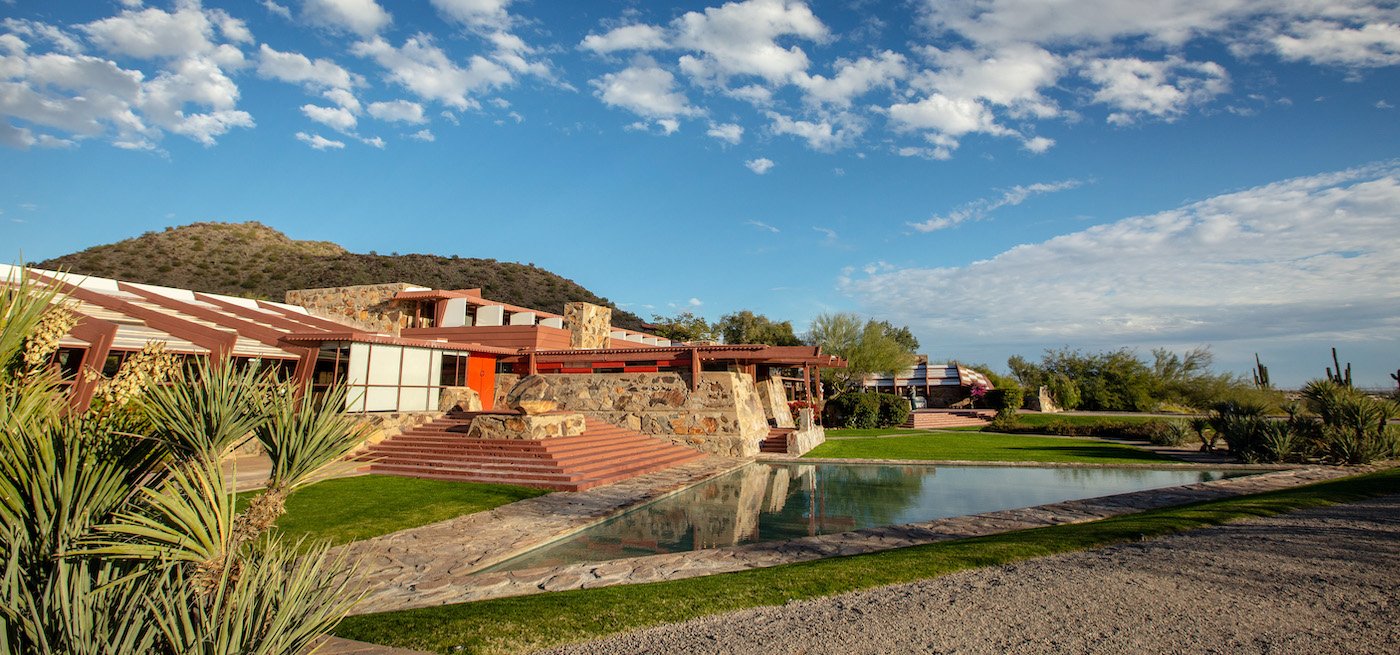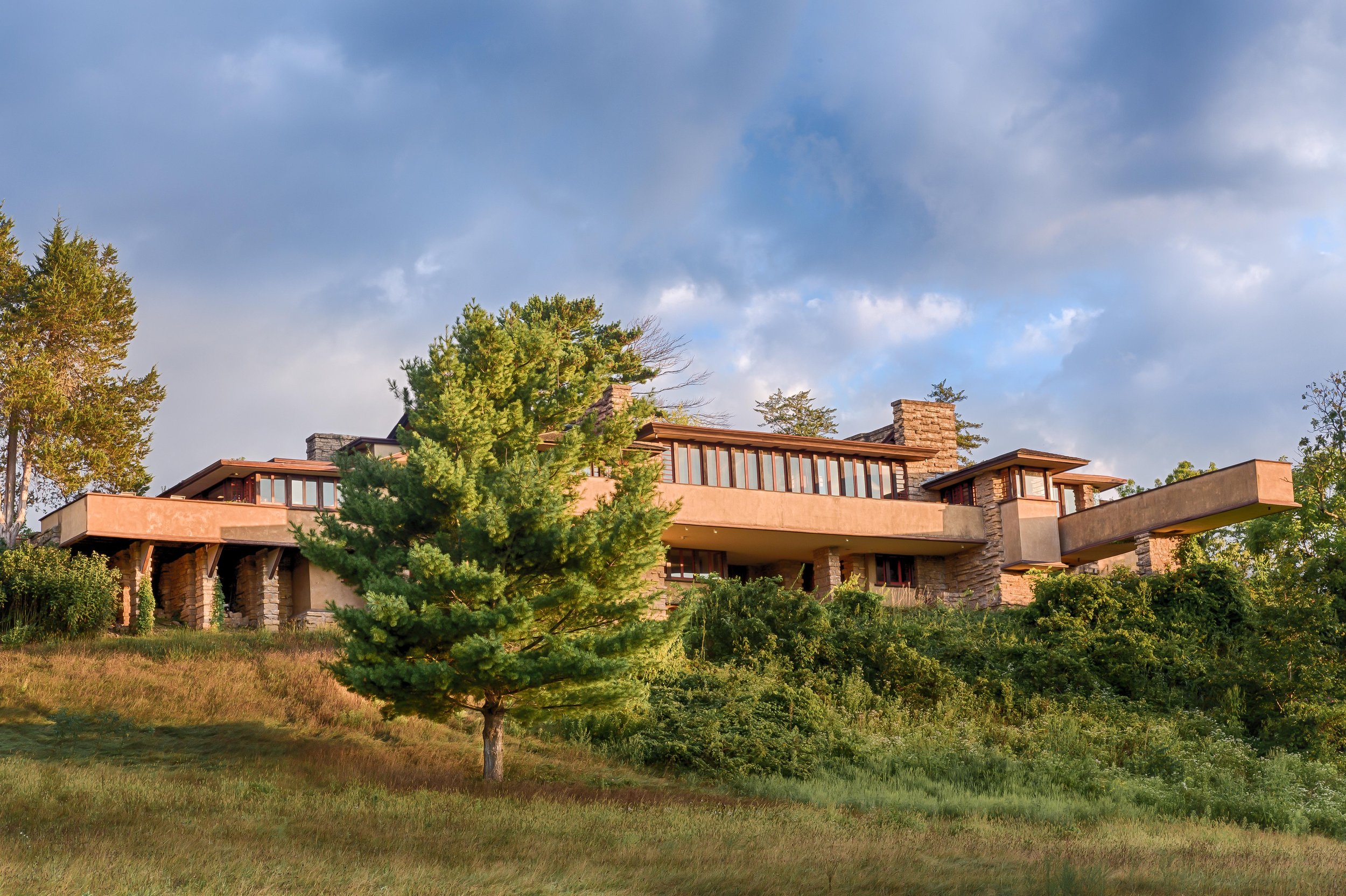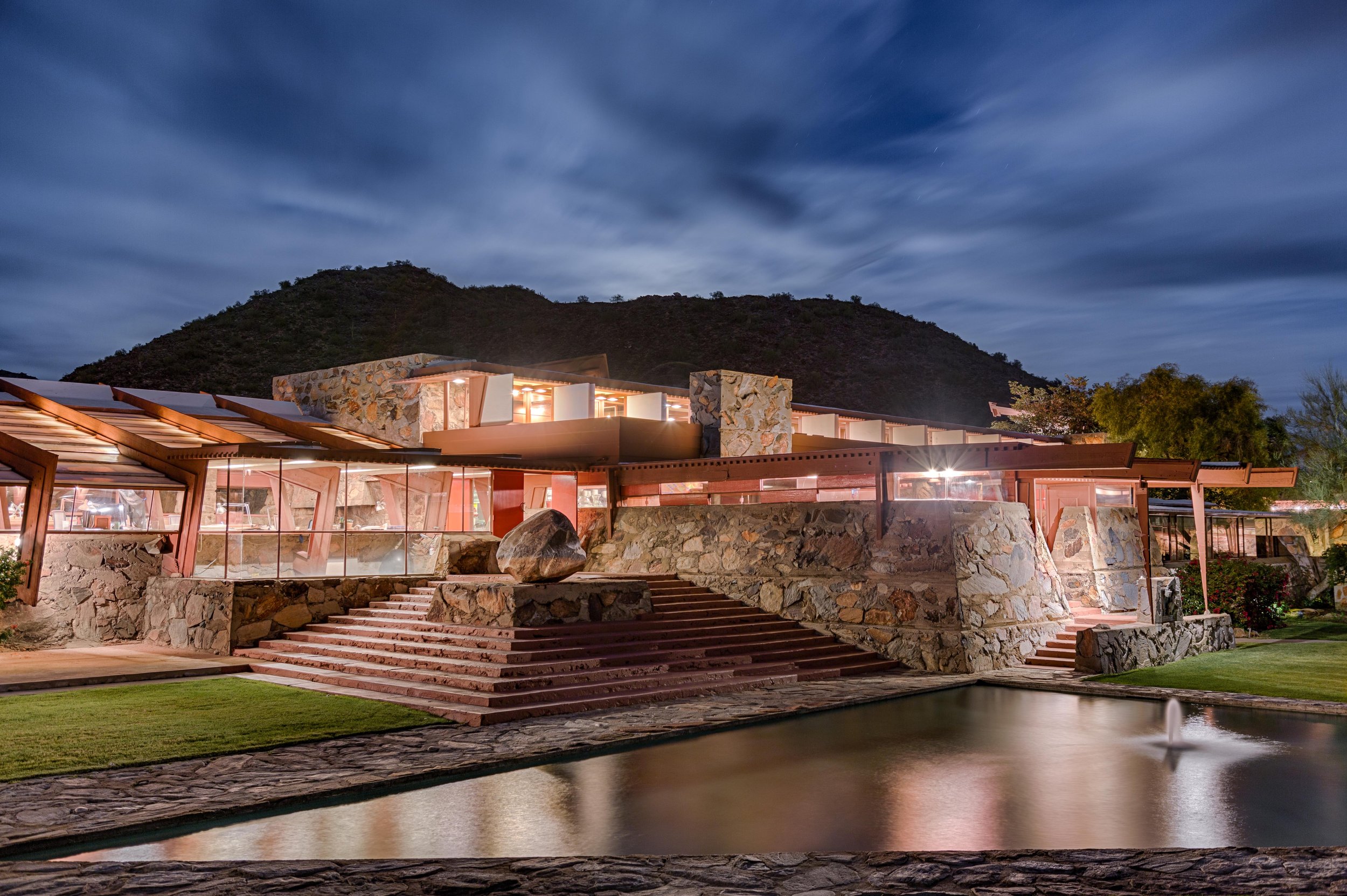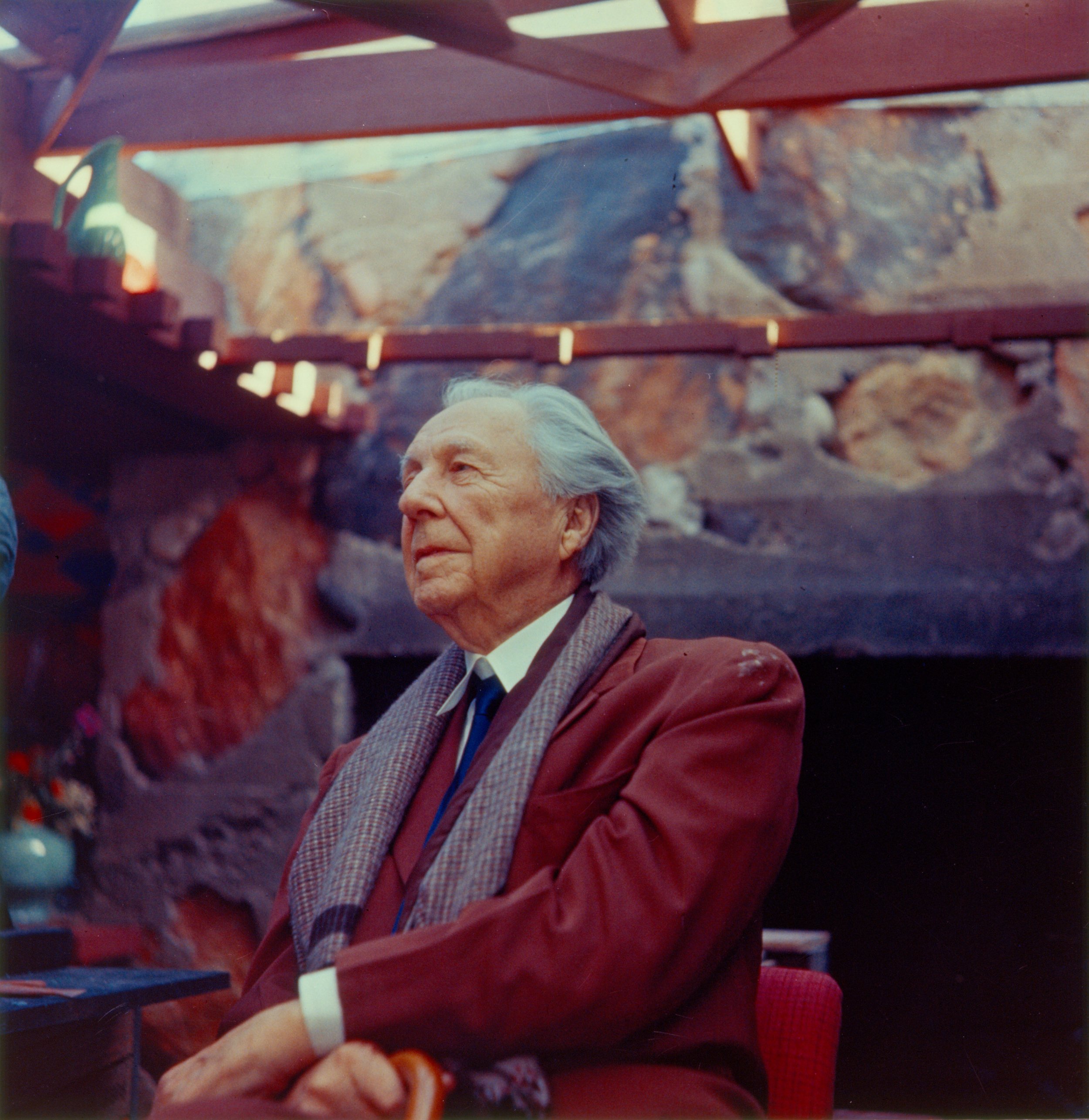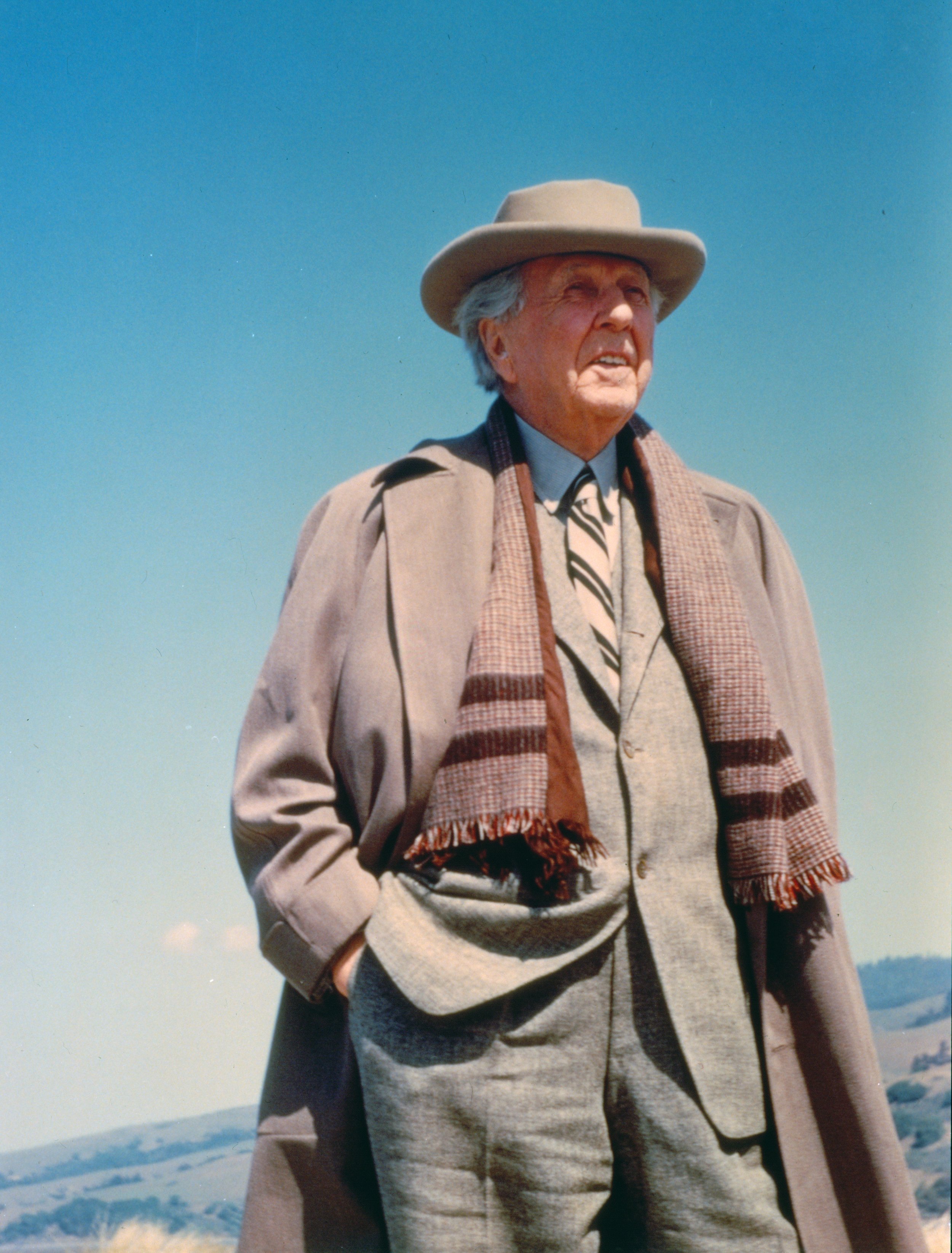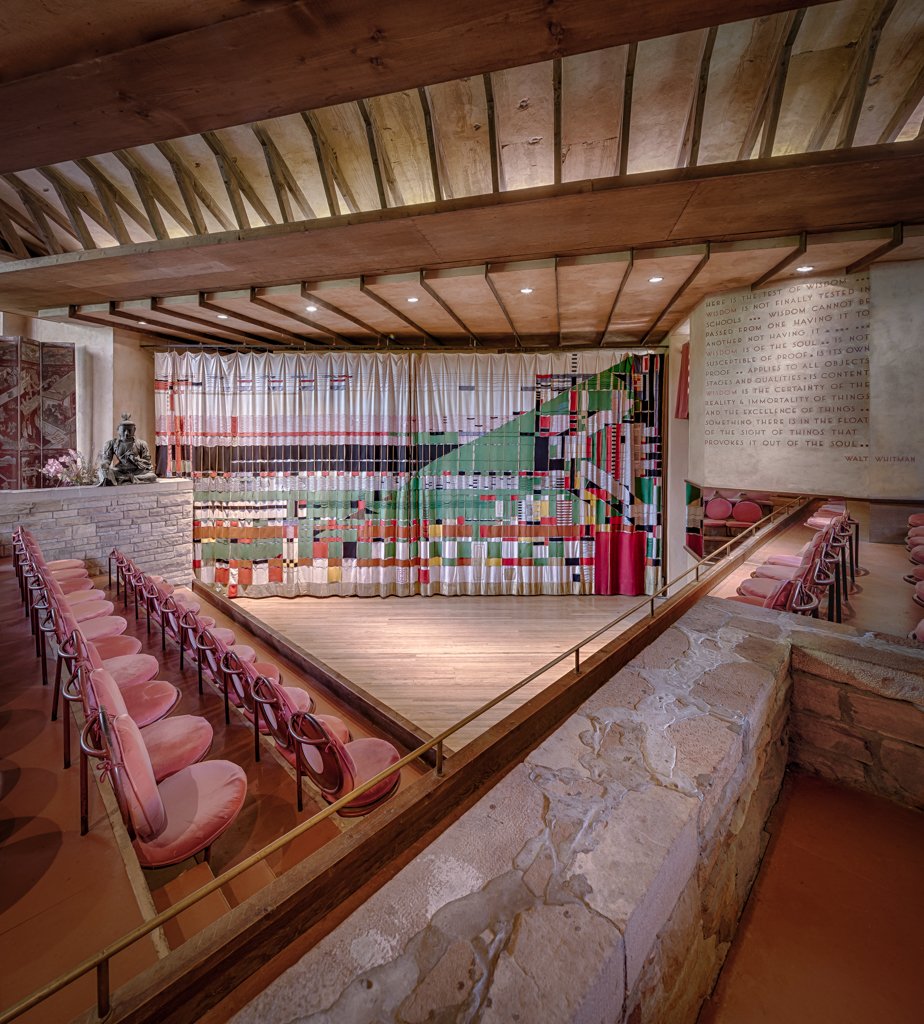#280 - STUART GRAFF, President and CEO of the Frank Lloyd Wright Foundation
SUMMARY
This week Stuart Graff, President and CEO of the Frank Lloyd Wright Foundation joins David and Marina of FAME Architecture & Design to discuss the foundation’s mission; the role cultural institutions play in supporting creative professions; preserving and furthering Wright’s legacy through programs and collaborations; intellectual property; Stewart becoming CEO of the foundation; running a successful non-profit; Frank Lloyd Wright’s principles; and more. Enjoy!
ABOUT STUART
Growing up in Chicago, Stuart Graff was introduced to Frank Lloyd Wright’s work at a young age, evolving into a lifelong passion for the work of America’s greatest architect. Though a complete lack of drawing talent foreclosed a career in architecture and design, Stuart pursued his study of Wright’s work while earning a living as a corporate attorney and global business executive, working with leading consumer products and technology companies for over 30 years. In 2016, he ended his corporate career to commence more important work as the President and CEO of the Frank Lloyd Wright Foundation, stewarding one of the world’s great cultural legacies to ensure its relevance for our time and for the future: teaching us how to build and live better, as one with the world around us.
Stuart studied engineering at Northwestern, and received his JD from Loyola University of Chicago, and his MBA from Emory University. In addition to his career activities, he has an extensive history of Board leadership, volunteerism, and fundraising in cultural and social justice organizations. He believes Wright’s constant experimentation and innovation, and his unwillingness to rest on laurels, inspired him to live his own life professionally and personally by always exploring, learning, experimenting, and growing.
Stuart has been named one of the 30 most influential Phoenicians for his work at the Frank Lloyd Wright Foundation, as well as his advocacy for the expansion of funding for the arts and public education. He is also the Board Chair of Arizona Citizens for the Arts and a director of Experience Scottsdale.
HIGHLIGHTS
TIMESTAMPS
(05:39) Frank Lloyd Wright’s Legacy
“For Wright, architecture isn't buildings, buildings are a form of architecture. [Architecture] is this sense of continuity and connection with everything around us. You might think of architecture as an ecosystem in Wright’s world; how we relate to the things around us, and they relate to us and we create this self-sustaining… where everything grows and thrives through this sense of connection rather than competing in this destructive way for resource.” (12:27)
(13:23) The role of cultural institutions play in the world of design
(16:26) Why the Foundation harnesses preservation for the future
“Wright also saw architecture and the principles of architecture as responding to the evolving needs and changes of society and the world around us. So how could we then establish an orthodoxy for something that by the definition of its creator, Frank Lloyd Wright, was intended to change over time? So we very quickly abandoned all notions of orthodoxy. I love Heterodoxy. I think the role of the Frank Lloyd Wright Foundation and I’ll go as far as to say, the role of any cultural institution is to create a space for dialogue, for an exchange of ideas, and not only ideas among present scholars and enthusiasts and participants but also a dialogue between past or among past, present and future.” (24:06)
(33:36) How Frank Lloyd Wright’s work had inspired Stuart from a young age
“We do have these kids programs and a lot of people think it's about getting kids to want to be architects, or getting kids to be Frank Lloyd Wright enthusiasts, or to learn about design, sustainability, or some STEM education things. That’s all true, but if the only thing a kid learns is that their original voices and the way they think about the world are something that's worth expressing, [then] we are so much better off as a society if every day a kid learns that about themselves, learns to use their voice. And I think that's a part of Frank Lloyd Wright's story, too.” (1:22:47)
(41:20) How Stuart became the President and CEO of the Frank Lloyd Wright Foundation
(45:10) What it takes to run a non-profit organization
(57:57) How designers today should be implementing Frank Lloyd Wright’s principles in their work
(01:11:40) Appreciating Frank Lloyd Wright’s work beyond his “Starchitect” status
“Wright often said that his favorite building was the next one and I'll just say this; The answer depends on what's going on at the moment, where you are. But I have never been in a Wright building that failed in some way to move me, to make me think differently about the world around me. And that should be as these buildings are preserved, as historic sites, houses, museums, whatever you want to call them. If they help change our minds about the world, then Wright is still doing his work.” (1:32:50)









